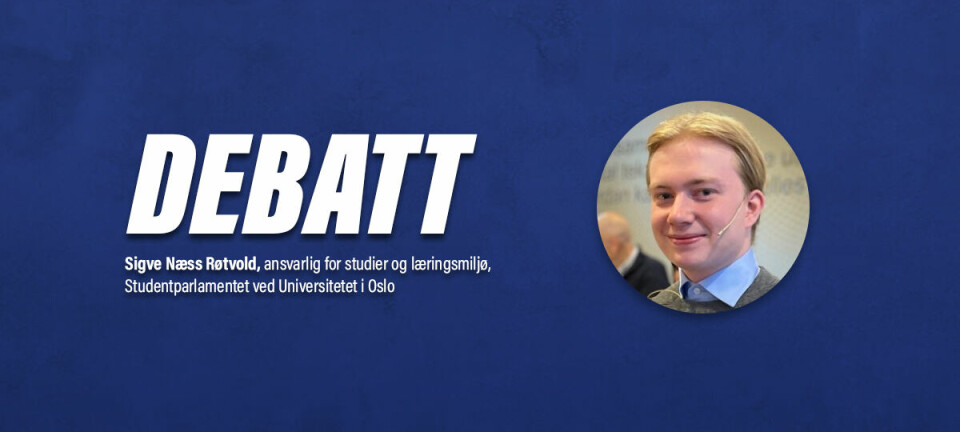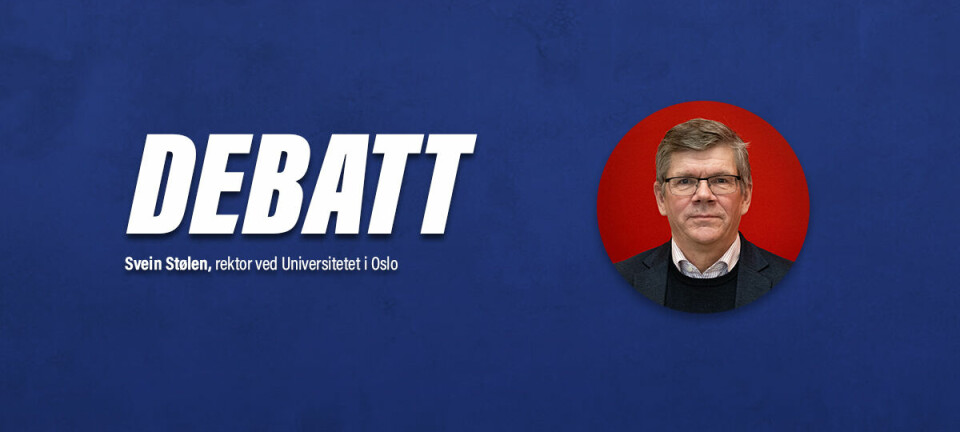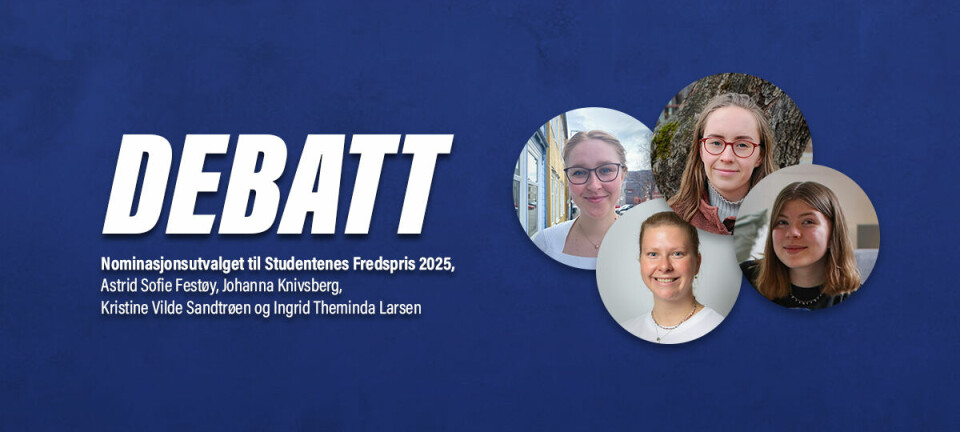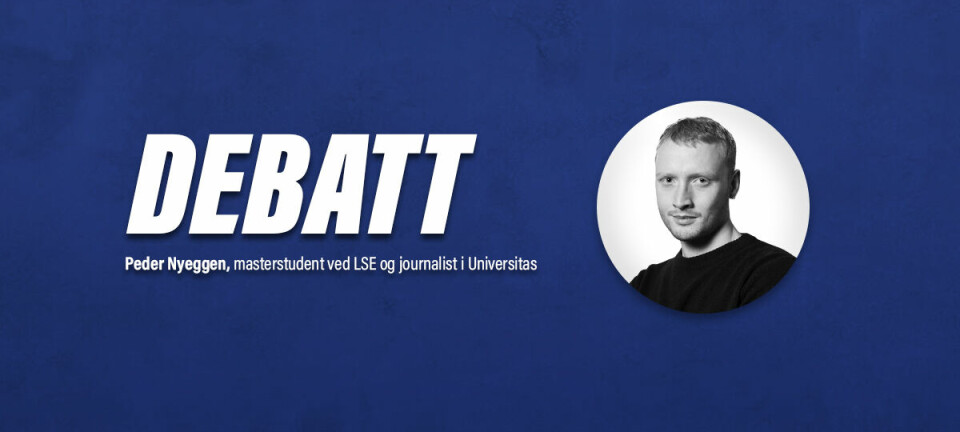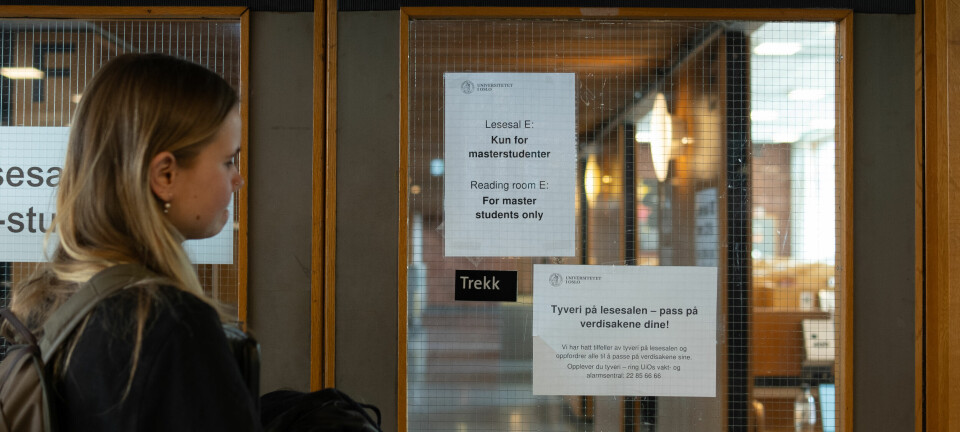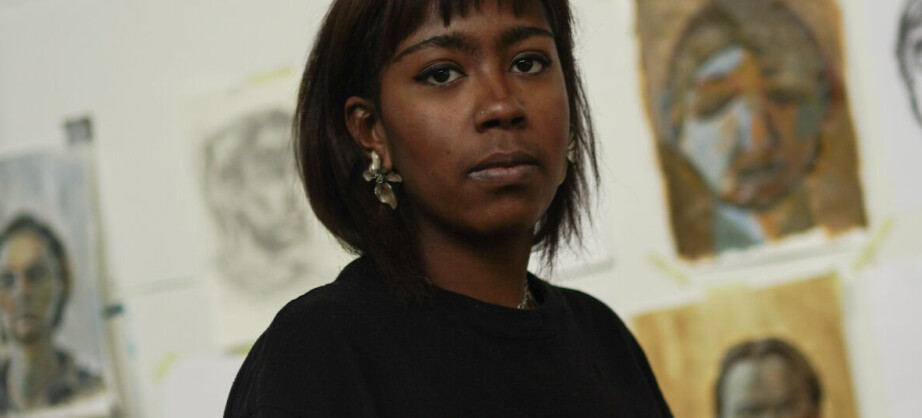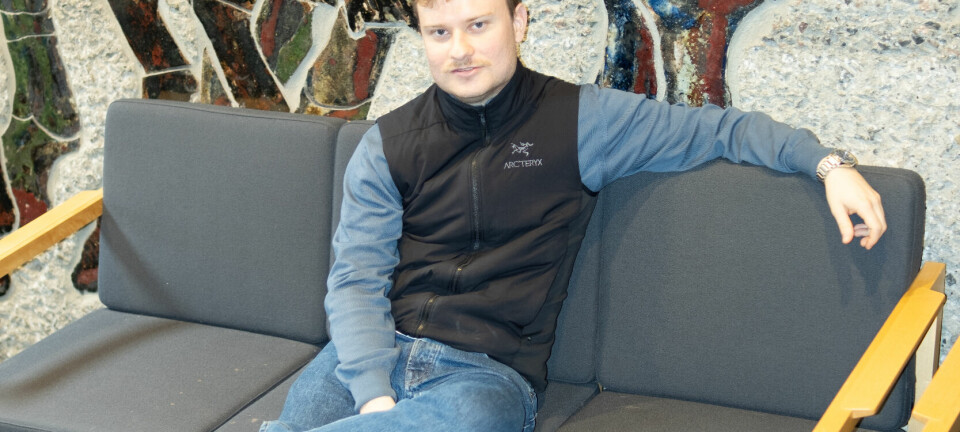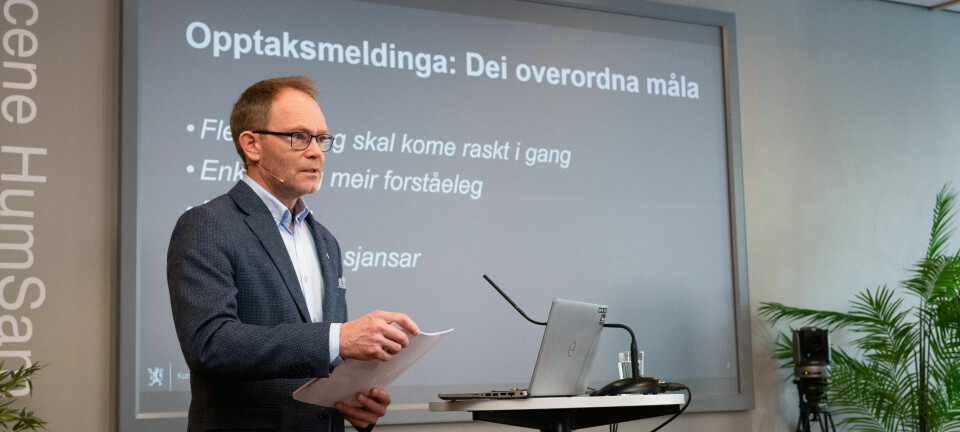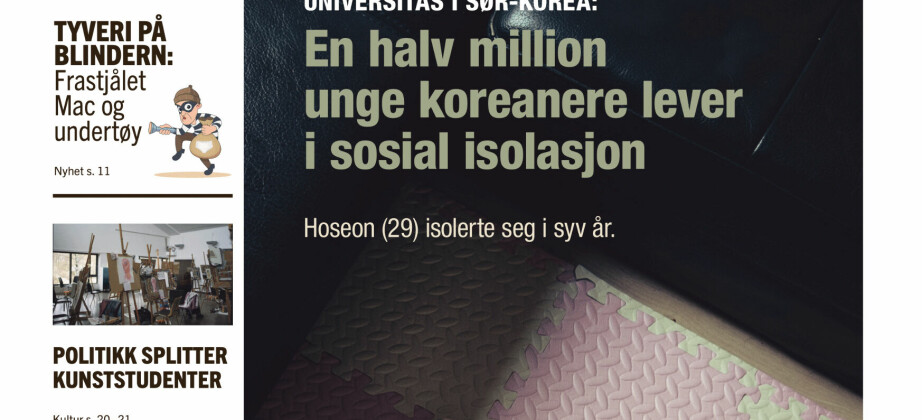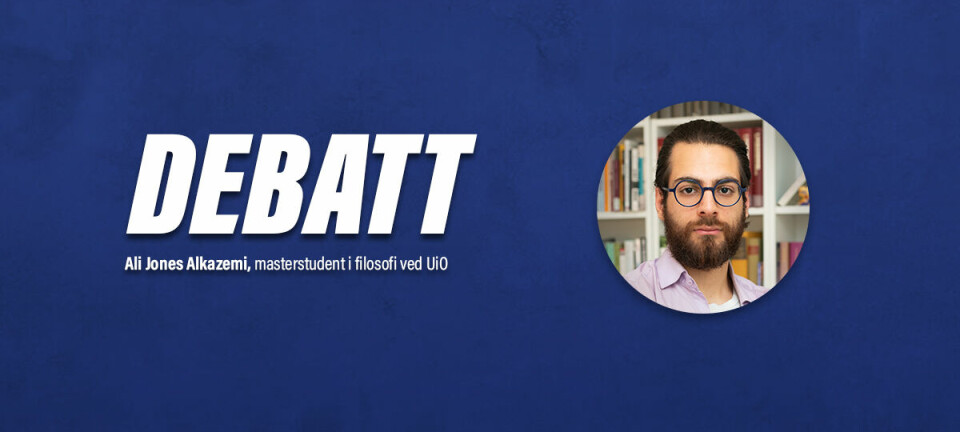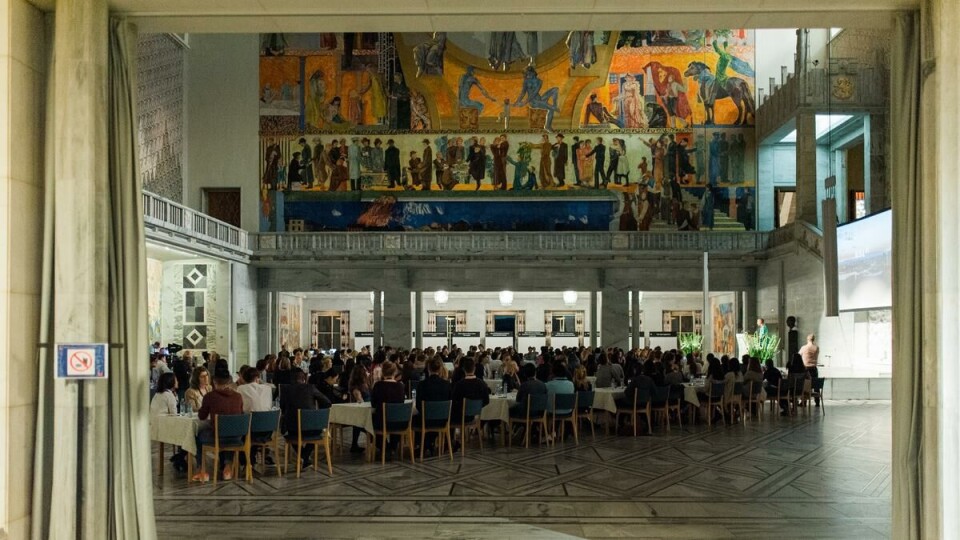
University of Oslo is statistically international, but what about integration?
The University of Oslo (UiO) laid out a strategy in 2010 encompassing its main ambitions towards 2020. Much of the focus was directed towards internationalization. University Director Gunn-Elin Aa. Bjørneboe believes the institution has come far to reach the goals set seven years ago, but some students disagree.
University of Oslo’s Strategy 2020 presents 28 strategies under different «objectives» for a «first class university,» the final goal being to be viewed as an attractive, vital and internationally renowned top university in 2020. University Director Bjørneboe states that it is specifically the chapter «A university transcending borders» that sets the standard within the field of internationalization.
She goes on to explain how their ambition to be an international top university has been pursued both centrally and within each faculty and unit over several years.
«The increased student mobility and the University’s contribution to the establishment of the university network The Guild are examples of positive development,» she says. Nevertheless, she emphasizes that internationalization is a continuous effort at the University, and is closely connected to quality development within both research and studies.
I was very lonely my first year in Norway, which of course negatively affected my results.
Simone Mooji, international student
Oslo City Council says the city needs international students
Cold Norwegians
«If you look at statistics, UiO has an international campus. But when it comes to integrations of international students, the university has a long way to go,» says Simone Mooji (25) from the Netherlands.
In 2016, international students accounted for 15 percent of the total student body at the University of Oslo. Bjørneboe states this was a leap of 15 percent from 2015.
Mooji began her studies in Norway in 2014, and plans on having finished a master’s degree by 2018. She says she experienced difficulties making friends when she first moved to Oslo.
«I was very lonely my first year in Norway, which of course negatively affected my results,» she says.
For Mooji, much of this was because Norwegian culture and ways of communicating were hard to adapt to at first, though being from a «similar country» might ease the transition for students like herself.
Bjørneboe shows understanding for such situations, and believes successful integration of international students is a shared responsibility for the academic community as a whole.
«The international students say it is difficult to get to know Norwegians. It would be very helpful if the local students remember to include international students in everyday life,» says Bjørneboe.
Anne-Roos Verbree (20), also from the Netherlands, agrees Norwegians are difficult to socialize with, but had no trouble making friends.
«For me, it was very easy to make international friends because I had already made some friends online before I came here,» she says. «But I also heard some other international students who felt quite lonely at the start. I think it was much harder to make Norwegian friends, although I think that is also important [to do].»
Meet Oslo's Part-time problem-solver for international students
The right conditions?
The Dutch students do agree the range of subjects offered in English is quite good. Bjørneboe backs this.
«Compared to other non-English speaking universities, the University of Oslo has a fairly decent offer in English, although this might vary from faculty to faculty,» Bjørneboe said.
She also believes that even though it is of course easier to recruit international students with a well-developed curriculum in English, the increased number of incoming exchange students indicates that the current situation is good, which the university is happy with.
There are currently more than 800 courses offered in English at the University, and more than 50 master’s degree programs taught entirely in English. There are, however, no statistics on subjects offered in English at an undergraduate level.
«The international students say that they choose to come to Norway because the academic opportunities are good, they receive sufficient supervision from their teachers and that the lack of tuition is important to them,» Bjørneboe explained.
We have students from all continents on campus. They bring the world to us.
Gunn-Elin Aa. Bjørneboe, University Director
Cultural and linguistic barriers
Hans Robel (21) from Seattle, thinks the buddy week is a great initiative from the university.
«I think the university did a pretty good job at preparing us through the buddy week. Other than that, I don’t really know what else a big university could do,» he said.
Mooji and Roos agree with this, and found the buddy week to be informative and a nice introduction to Oslo.
Robel chose Norway because he has family in the country, and also speaks Norwegian, which he says is helpful because he can understand most information given in Norwegian.
Mooji started learning Norwegian on her own when she moved here. She believes learning the language is of great importance to understand the culture.
«I feel integrated, and I’ve accepted Norwegian culture. Speaking Norwegian has been the key to this for me,» she says.
What is the key to internationalization? International Students Union President Eric Kimathi responds.
Apart from the buddy week, Mooji wishes the university would do a bit more.
«Organizing activities where we can get to know international students after the buddy week too,» she said. «It’s already hard for Norwegians moving from some other Norwegian city to find their place, imagine how it is for international students, who don’t know the language, the city or the culture.»
Bjørnerud says the university has a professional and well-functioning reception apparatus which attends to the needs of the international students, but that it is a shared responsibility.
«Sometimes it doesn’t take that much. A smile. A cup of tea. We have students from all continents on campus. They bring the world to us. The groundbreaking opportunities we find in the strategic document may very well be seated at the table next to you in the cafeteria,» Bjørneboe says.
It remains to be concluded whether the degree of internationalization at the University is to be measured by numerical facts or other values, but statistically speaking, UiO has come a long way.




